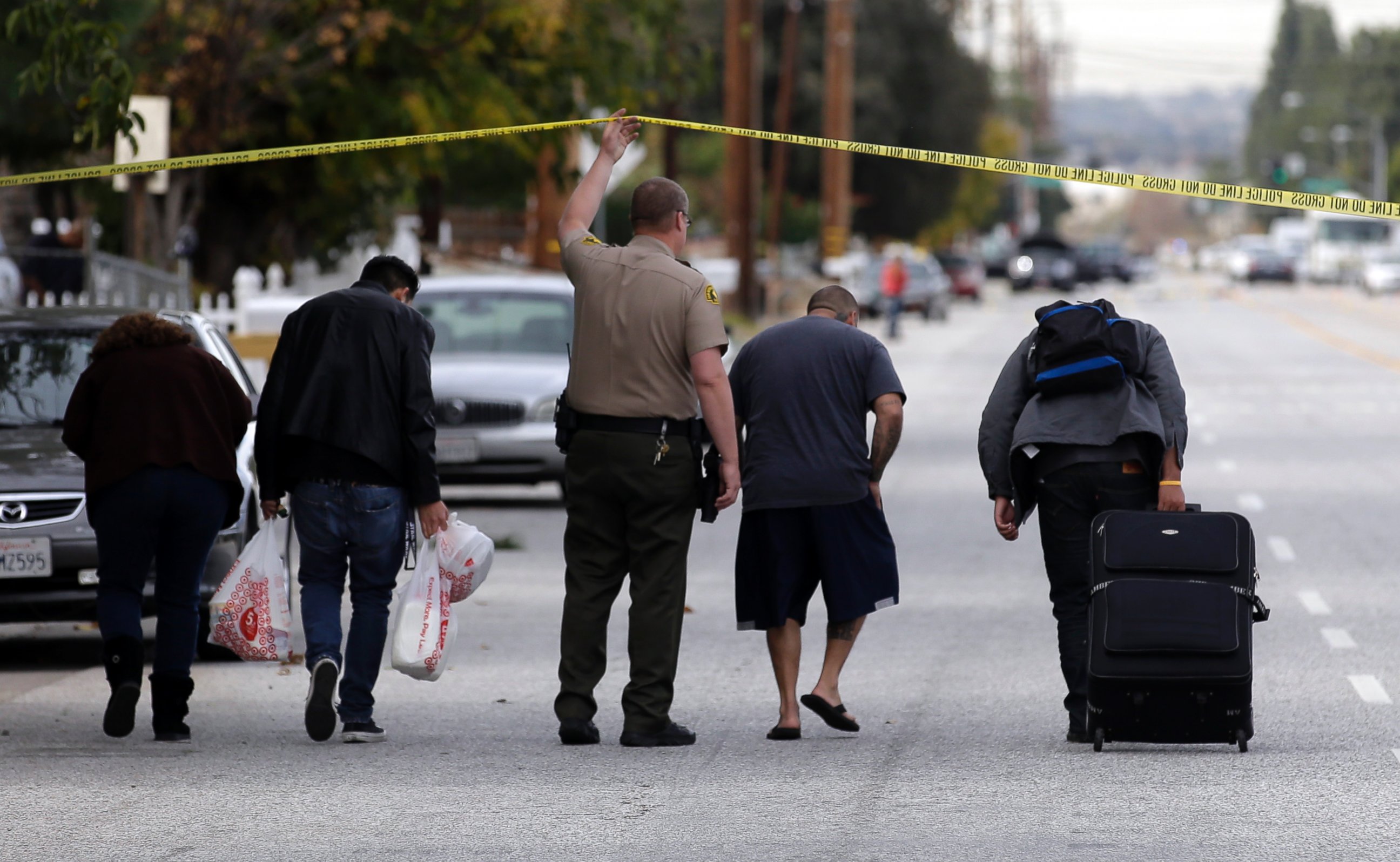Why San Bernardino Is a ‘Game Changer’ for Law Enforcement
It's going to be "impossible" to track everyone, one ex-CIA agent says.
— -- Law enforcement officials are now facing what one former CIA officer calls an “impossible” task of thwarting threats like the one that unfolded last week in San Bernardino, California. The massacre underscored how officials and the government will now monitor targets who have not been previously flagged as possible terrorist threats.
"The current [counter terrorism] structure is very effective against larger attacks,” said Patrick Skinner, a former CIA case officer who also previously worked as an Air Marshall and U.S. Capitol police officer. "To expect any CT program to pivot and become a foresight machine — it’s like a Tom Cruise in 'Minority Report' -- it's impossible,” he said.
Push for Local Coverage
Federal officials and agencies have long been tasked with tracking international terror plots by tracing the money trail and global chatter, but now the burden is falling more to local law enforcement agencies to thwart attacks, according to Skinner.
Former New York City Police Commissioner Ray Kelly told ABC News that the San Bernardino attack, which left 14 people dead and 21 others injured, was a “game changer” in how law enforcement is going to have to evaluate threats moving forward.
Kelly, who is now an ABC News consultant, noted that New York City has “done more here than anywhere probably in the world” in terms of fighting terror threats on a local level, but now investigators are faced with the fact that smaller cities, like San Bernardino, may become targets.
"The biggest takeaway is potentially it can happen anywhere,” Kelly said.
Local law enforcement officials “in general have to get closer to the federal government and the federal stream of information and at least have some sort of component in the department,” Kelly added.
Getting the Public’s Help
One way that law enforcement officials are trying to garner help from the public is through the Nationwide Suspicious Activity Reporting (SAR) Initiative which calls on people to report suspicious activity or individuals in their community. The initiative was started by the Los Angeles Police Department (LAPD) and is now used nationally, according to Steve Gomez, an ABC News consultant who previously worked for the FBI as part of a joint task force with the LAPD.
"Law enforcement’s vulnerability is not necessarily with their ability to respond and investigate a threat right away -- they do that and they do that very well,” Gomez said. "The vulnerability is the technology, it's putting it on the FBI's radar so they can then respond and evaluate quickly."

Too Much Information to Handle
Even for those individuals who are on the government’s radar, there are just too many suspects to keep track of at any given time. Investigators told ABC News that it typically requires 30 agents to provide full, round-the-clock surveillance of a single suspect.
Skinner said that the amount of information being collected is not the issue, but it’s the lack of analysis of data that is the problem.
"We're collecting more than we can analyze,” he said.

Adapting the System
Officials are calling for a system to track suspects using an on-the-ground approach.
"Individuals are recruited and that’s why it’s very difficult for us to counter this because it's individuals, it's one person deciding to do something,” Skinner said. "It’s impossible to stop a plot of one or two people."
Last Resort: Luck
One of the biggest sources of information and threat disruption has been social media postings where individuals brag about would-be threats. The FBI has been “really really good” at stopping such subjects, but it’s the ones that have little online presence and no noted connection to other watch-list subjects that cause the most fear for investigators, Skinner explained.
“The uncomfortable reality is that we're going to depend on luck more than we're comfortable with,” Skinner said.
When it comes to would-be attackers that are not on the government’s radar, Skinner says: “Hopefully they have a flat tire on the way to the attack or they have a busted tail light.”
Get real-time updates as this story unfolds. To start, just "star" this story in ABC News' phone app. Download ABC News for iPhone here or ABC News for Android here.




